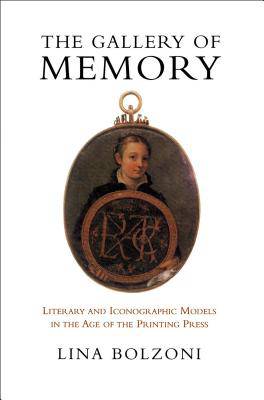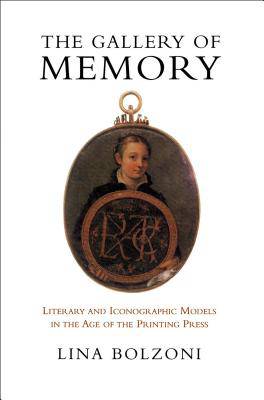
- Retrait gratuit dans votre magasin Club
- 7.000.000 titres dans notre catalogue
- Payer en toute sécurité
- Toujours un magasin près de chez vous
- Retrait gratuit dans votre magasin Club
- 7.000.000 titres dans notre catalogue
- Payer en toute sécurité
- Toujours un magasin près de chez vous
The Gallery of Memory
Literary and Iconographic Models in the Age of the Printing Press
Lina BolzoniDescription
Lina Bolzoni's impressive study of the memory culture of sixteenth-century Italy appears here for the first time in English translation. Since its original incarnation as La stanza della memoria: Modelli letterari e iconografici nell'età della stampa, published by Einaudi of Torino in 1995, Bolzoni's study has been praised by critics and ranked with the classic texts in its field - those by Paolo Rossi, Frances Yates and Mary Carruthers.
The book takes as its starting point a striking paradox: that the antique tradition of the art of memory - created by an oral culture - reached its moment of greatest diffusion during an age that saw the birth of the printed book. Bolzoni's examination of this phenomenon, in which archaic and modern elements came together in a precarious equilibrium, reveals the profound ties that existed at the time between memory and creativity, and between words and images.
Drawing on the multiplicity of practices that relied on techniques of memory, Bolzoni presents diagrams, cipher alphabets, rebuses and emblemlike pictures characteristic of the late-Medieval and early-modern periods, indicating their use for literary games and preaching. In doing so, she skilfully reconstructs a particular mentality, a way of apprehending words and images that was of central importance for a long period of time but that has since been forgotten.
Spécifications
Parties prenantes
- Auteur(s) :
- Editeur:
Contenu
- Nombre de pages :
- 336
- Langue:
- Anglais
- Collection :
Caractéristiques
- EAN:
- 9781487524951
- Date de parution :
- 12-12-19
- Format:
- Livre broché
- Format numérique:
- Trade paperback (VS)
- Dimensions :
- 152 mm x 226 mm
- Poids :
- 566 g







